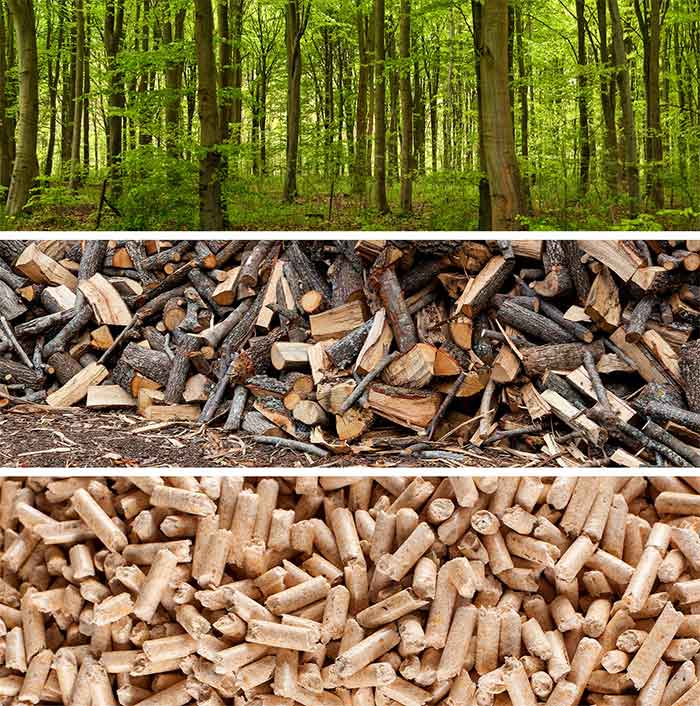
The dying state of Indian rivers calls for serious actions by the public and the government at large
During my recent conversation with Mr. Tapas Das, I was shocked to know the sorry state of the rivers in our country. While he mentioned that the water flow in Ganga reduced by as much as 57% in most parts between 1975 and 2005. The state of other rivers in the country in worse than that.
Mr.Das or ‘Tapas Da’ as he prefers to be called, is a river rights and conservation activist based out of Kolkata. He has been involved in this task for more than a decade. He, alongside a group of likeminded individuals started with a movement called ‘Nadi bachao, jivan bachao andolan’. In 2014, when the government came up with the proposal of setting up a barrage every 100kms along the Sona river, his team conducted a cycle rally along the river, covering Haridwar and other important cities, raising awareness among the public about the ills of such project. That the government decided to cancel the project was a major motivation for the team. He goes on to tell that when the populace thinks of water, the first person coming to their mind is the farmer. However, one should realise that the first community is impacted is actually that of fishermen, many of whom have actually left their occupation as salt water and untreated discharge hampers aquatic life in the rivers. A significant example of this is the fact that salt water from the oceans has entered as much as 50kms into the river.
Being from the same state as Tapas Da, we were also able to connect on the sorry state of rivers in West Bengal, one of the most riverine states in the country. As I describes to him the current condition of the Mahananda river, he told me that it is often called ‘Mahagandha’ or an extremely dirty and polluted river since most of Siliguri’s (the city through which the river goes) waste is dumped there. As the ‘sand mafia’ occupies major portions to transport truckloads of sand and stones from the riverbed, Mahananda has disappeared at these points. The situation across other rivers is the same.
The conversation went further to discuss about an article on the Farakka barrage and the arsenic poisoning caused by it. I requested Tapas Da to elaborate on it. He told me that in the 1950s when DVC was set up, dams and barrages were the way forward. The then Prime Minister called it a ‘temple of development’. Again, in the 1970s multiple dams and barrages we constructed. Farakka barrage was constructed then because the water level at Calcutta port was reducing. It couldn’t be saved still and then Haldia port came up. Right now, claims are being made that water levels at this port are going down too. As soil erosion happened along the banks of Farakka and dependence on groundwater increased, the water cycle has been disturbed because of which underground water is being recharged. All in all, it can be said that we have lost more than we gained. For a state like Maharashtra which has 30% of the 5500+ barrages constructed so far, droughts are a regular phenomenon. One should therefore raise serious questions over the 1.3 lakh crore of budgetary spends made the governments under the ambit of development. It is a highly flawed concept that by taking water away from rivers, development can be secured.
The conversation could not conclude without discussing about India’s most talked about and worshipped river, the Ganga. As I asked his views upon covid’s impact on pollution levels in the holy river, he told me that pollution levels have definitely gone down, but we need to look at a fallacy here. One government report claimed that industries were responsible for only 20-25% pollution and microbial growth, while household and non-point sources accounted for the remaining. Since covid has impacted only industries, a 20-25% reduction isn’t enough for aquatic life to return. Evidently, these figures are underreported to help the government’s friends in the corporate world. His organisation has therefore requested the government to set up an independent panel of experts to look into the matter and come up with the actual figures.
Few years ago, the High Court of Uttarakhand had given Ganga the constitutional rights of a living person. The Supreme Court passed an injunction on this. The government had a massive campaign to save the Ganga, but when this order was passed, it argued that it is not a feasible way to clean the river. The problem therefore is a lack of intention
While there is a Pollution Control Board, it is more like a toothless tiger. The PCB does not have the rights, manpower and funds to actually enforce its objectives. When we compare it with its western counterparts, we fall behind by a significant margin.
On a concluding note, I would like to mention a quote by Tapas Da, “raj aur samaj ko sath me lana hai”. We need to bring the policy makers and the people together on the issue. While every political party has a wing for students, farmers, union workers and so on, there aren’t any wings for preserving nature or looking after the environment. Let us hope that an issue that has gained global attention soon gathers enough importance in the government’s list of agendas.
Gourav Rathi is a student of IIM Ahmedabad
SIGN UP FOR COUNTERCURRENTS DAILY NEWSLETTER
















































